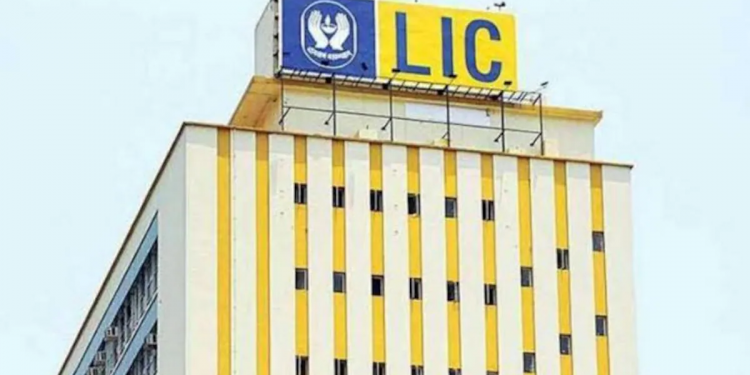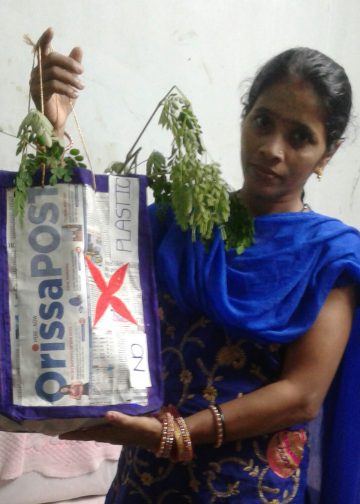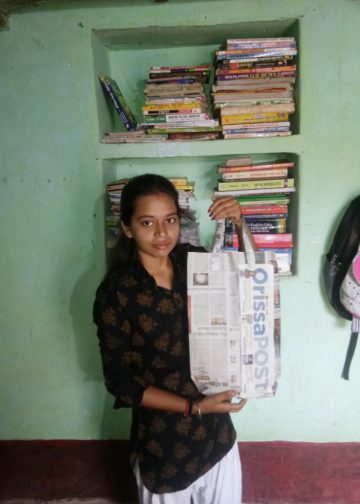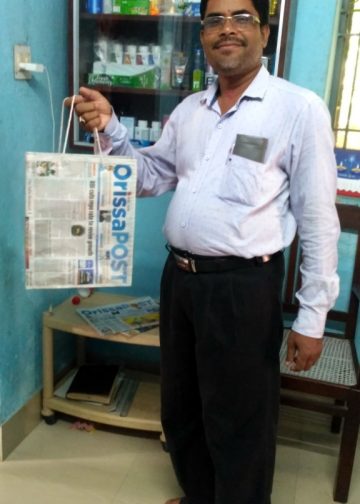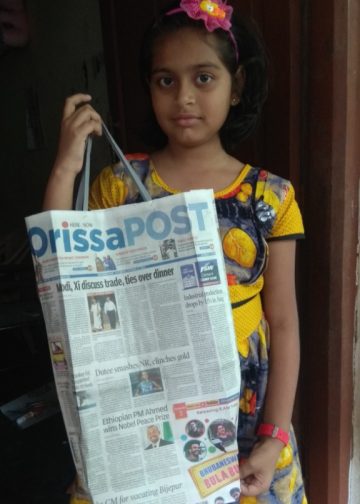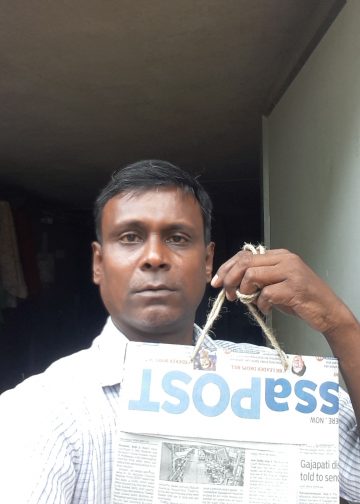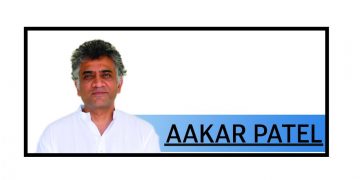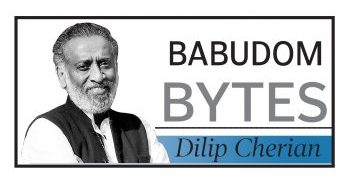PSM Rao
Why privatise LIC? The government says it is not privatisation but only an initial public offering of some stake. That was what Anurag Thakur, then Minister of State for Finance and Corporate Affairs, unequivocally stated in the Parliament sometime back. The Cabinet Committee on Economic Affairs has recently given its in-principal approval for LIC’s IPO. The government’s fast and preparatory steps indicate the actual sale is most likely to start during the last quarter of the current fiscal.
IPO or with whatever name it is called, the government is going to ease its monopoly control on LIC, selling a part of its stake.
Considering its unparalleled achievement in terms of not only the enormous social benefit it generated but the support it provided to the exchequer during troubled times, does not LIC qualify to be excluded from any plan for privatisation? The enormous potential of the milch cow (LIC’s IPO alone is estimated to fetch around `1 lakh crore in the `1.75 lakh crore disinvestment plan) and the urgent need for funds make the government blind to the damage it is going to cause in the long run. It is not at all reasonable to sell LIC’s stake, the family silver, for fiscal deficit needs.
Even a cursory look at the birth and evolution of LIC shows how ludicrous is the idea of easing monopoly control on it. Private insurance did not work in the public interest during the pre and early post-Independence years. The very first life insurance company, Oriental Life Insurance Company, set up in Calcutta (now Kolkata) in 1818 served only the European community. This and many other foreign companies did not cover Indians’ lives at all. It required concerted efforts by persons like Babu Mutty Lal Seal to make the British companies agree to insure Indians’ lives. Even after agreeing to this, Indian lives were treated as sub-standard and heavy extra premiums were charged. Although this anomaly was removed, private insurance could not be freed from fraud and incompetence.
Before nationalisation, 25 insurance companies went into liquidation, 80 did not even file their statutory returns, 245 life and 108 general insurance companies failed the policyholders. The Vivian Bose Commission, set up during Nehru’s time, noted many other irregularities like money-laundering and false claims of big business houses and their accommodating sister concerns in the insurance business.
To protect the public interest, the LIC was formed just with `5 crore capital in 1956, amalgamating 245 private entities which included 154 Indian, 16 foreign and 75 provident fund societies. Although the capital was enhanced to `100 crore, it was not an extra burden; the LIC had internally generated the sum. The present authorised capital of `25,000 crore, too, doesn’t serve any useful purpose as long as the sovereign guarantee to policyholders (Section 37) remains intact.
Despite minimal government support and private competition since 1999, the LIC’s growth has been phenomenal. Its market share in the number of policies (the number is more important than money because the public sector’s focus is on low-income groups) in March 2021 was 81.04 per cent and for the whole financial year was 74.58 per cent. In case of premium amount, it was 64.74 per cent and 66.18 per cent for March 2021 and the whole financial year respectively. The customer service of the public sector insurer has been excellent as found when the MARG’s survey was employed by the RN Malhotra Committee in 1993; 97 per cent of the respondents rated the service good/excellent.
The LIC has eight zonal offices and 113 divisional offices, 2,048 branches, 1,526 satellite offices and 1,178 mini offices in the country (March 31, 2020). It has foreign branches, in Fiji (Suva and Lautoka), Mauritius (Port Louis) and the United Kingdom (Wembley) and joint ventures in Bahrain, Nepal, Sri Lanka, Kenya, Saudi Arabia and Bangladesh and a wholly-owned subsidiary in Singapore.
With its `31 lakh crore balance sheet, LIC is the country’s second-largest financial services institution next only to the SBI with `39.51 lakh crore assets. The sum assured stands at `56,86,035.01 crore. LIC has 1,14,498 employees besides 10,80,809 active agents out of total 12,08,826 agents (March 31, 2020).
Although the government gets only 5 per cent of the surplus leaving 95 per cent to the policyholders, it got `2,697.74 crore dividend in 2019-20. The net total income was `6,15,882.94 crore. The taxes LIC paid that year amounted to `10,225.24 crore.
Besides being the biggest institutional investor in the country (Rs 30,69,941.67 crore as of March 31, 2020), LIC gives funding support to the government in a big way. During 2019-20 it subscribed `1,78,717.61 crore to the government of India securities and `1,28,483.62 crore to the state governments’ borrowings. During the same year, it invested `52,297.79 crore in the social sector: power, housing, water supply and sewerage, roads, bridges and railways.
The investments, as of March 31, 2020, for Central, state, social sector and other government guaranteed securities aggregated to `24,01,456.50 crore. LIC operates varied other activities: it owns LIC Housing Finance Ltd (with `2.10 lakh crore outstanding loans as of March 31, 2020), LIC Mutual Fund Asset Management Company Ltd, LIC Pension Fund Ltd, LIC Cards Services Ltd and IDBI Bank.
At least one thing that should deter the government from LIC’s disinvestment is the support it gets for other PSUs’ disinvestment; LIC purchases a substantial portion of other PSUs’ stake. Examples: LIC was allotted 4.4 per cent of the 5 per cent stake of ONGC’s disinvestment in 2012; 60 per cent (Rs 6,000 crore) of NMDC’s stake (of `9,928 crore) in 2009-10 and `4,263 crore of NTPC’s `8,480 crore. Other purchases include: SAIL (71 per cent in 2013), BHEL (Rs 2,685 crore in 2014), Coal India Limited (Rs 7,000 crore in 2015), Indian Oil Corporation (Rs 8,000 crore in 2015), GIC (Rs 8,000 crore in 2015); New India Assurance Company (Rs 6,500 crore in 2017) and HAL (Rs 2,900 crore in 2018). Also, LIC bought 51 per cent of the beleaguered IDBI Bank’s stake in 2019.
LIC is not only providing efficient life insurance service to the people but utilising people’s money for the country’s economic development besides giving huge funding support to the government. It is an ‘apatbhandhava’ (a friend in need), in its true sense, to this, previous, and future governments. So, the present government has no right to sell the stake without the approval of the people in general and the workforce of the organisation in particular. It is not correct for the government to kill the goose that lays the golden eggs or the ‘kamadhenu’ that fulfills all its wishes. Hope the government will reconsider. Or, is this going to be hoping against hope?
The writer is a development economist and a commentator on economic and social affairs.

